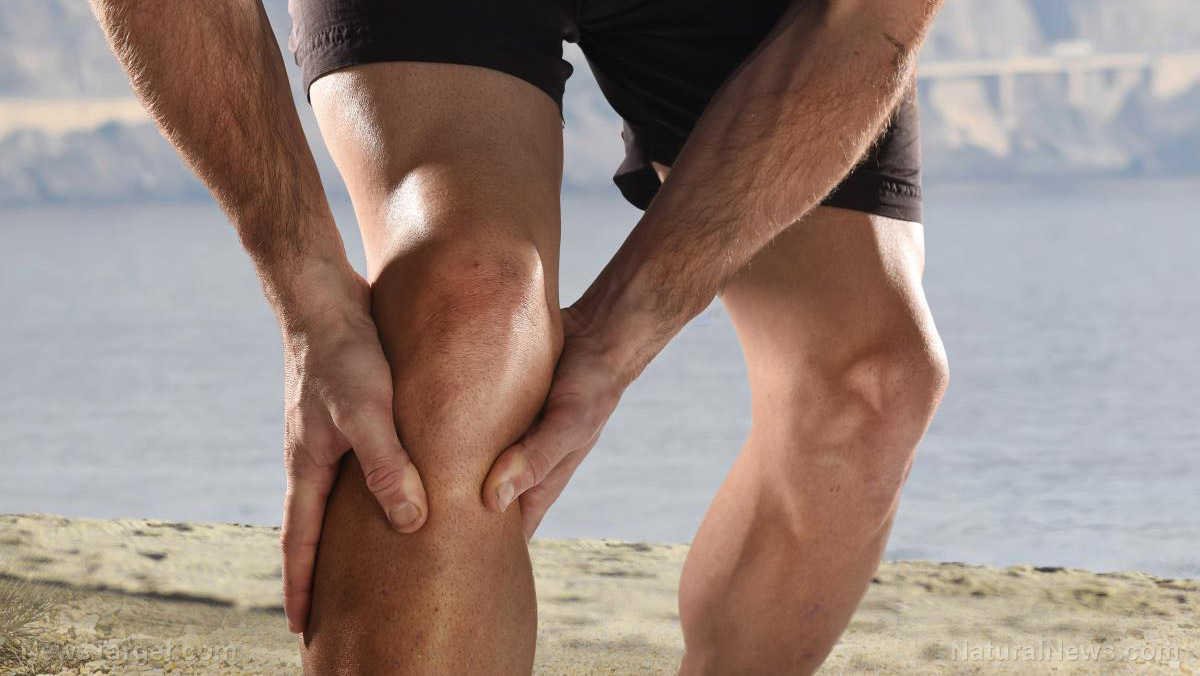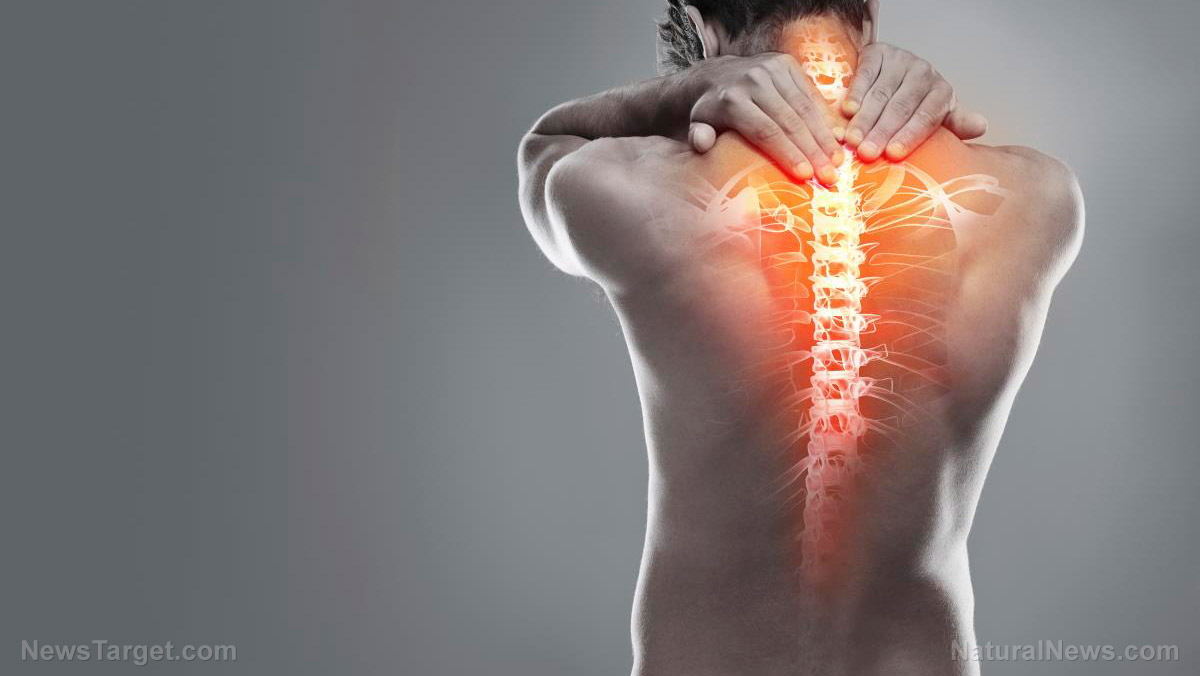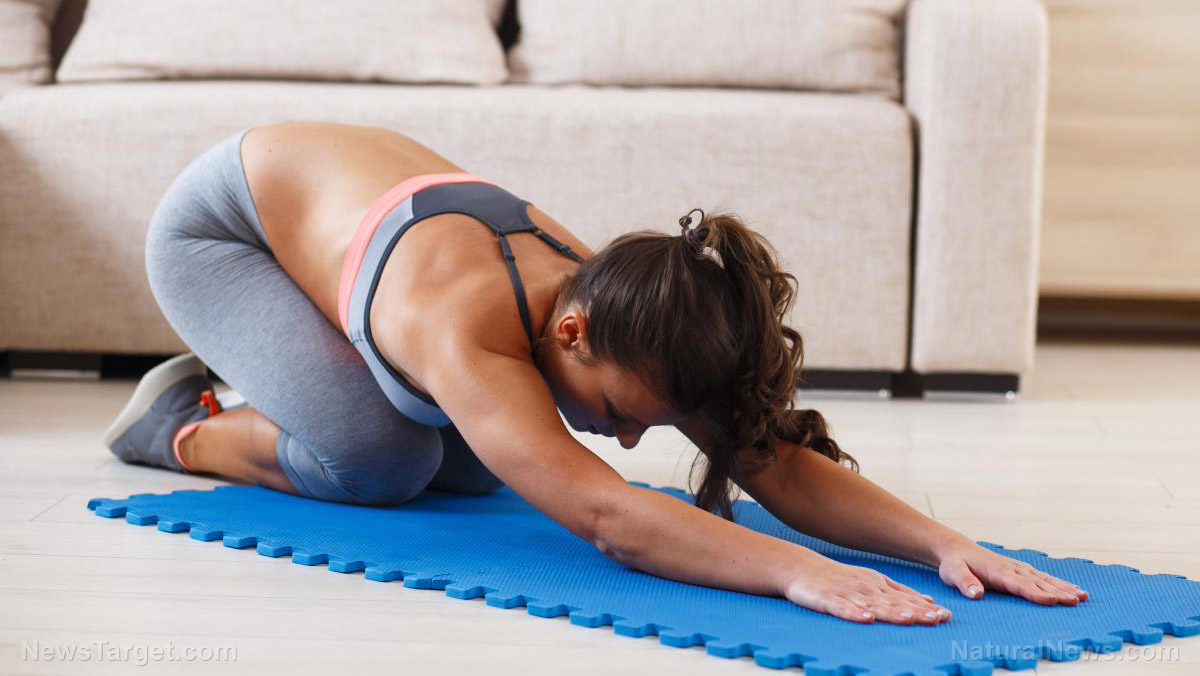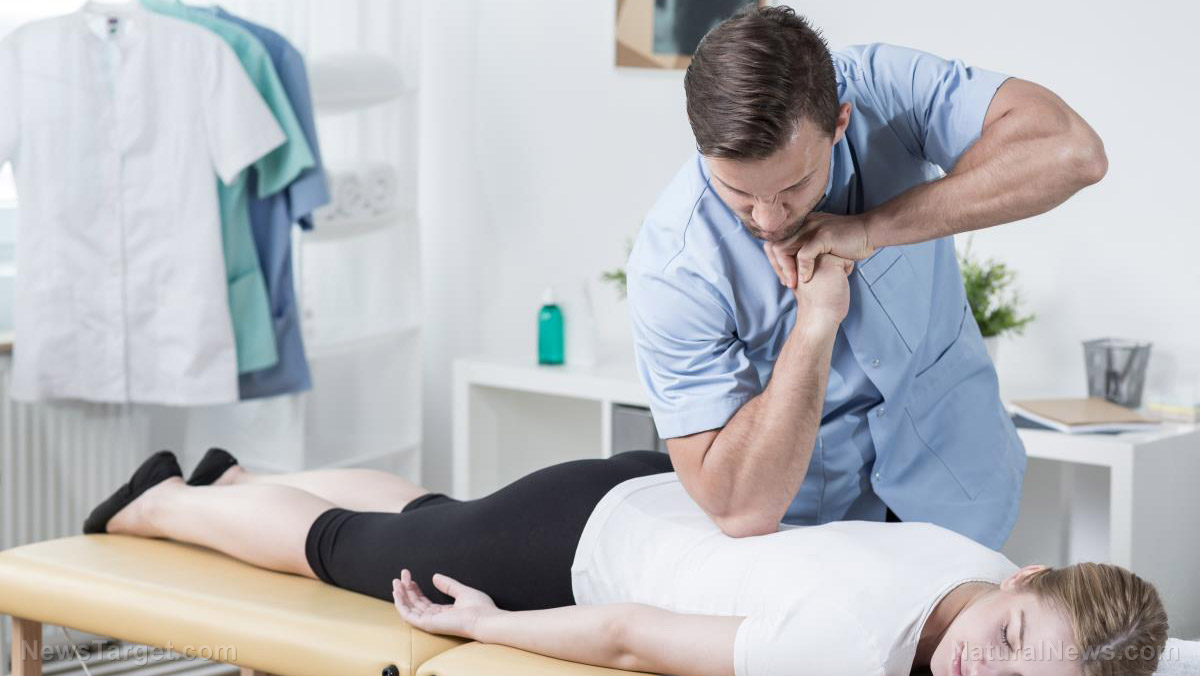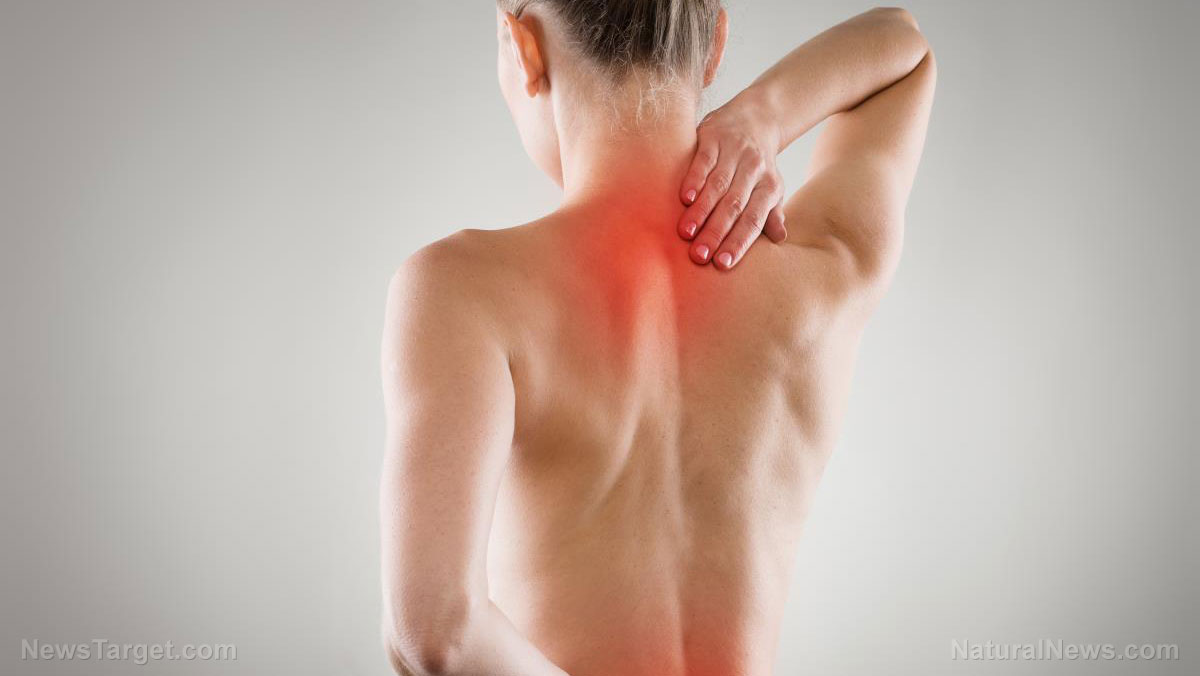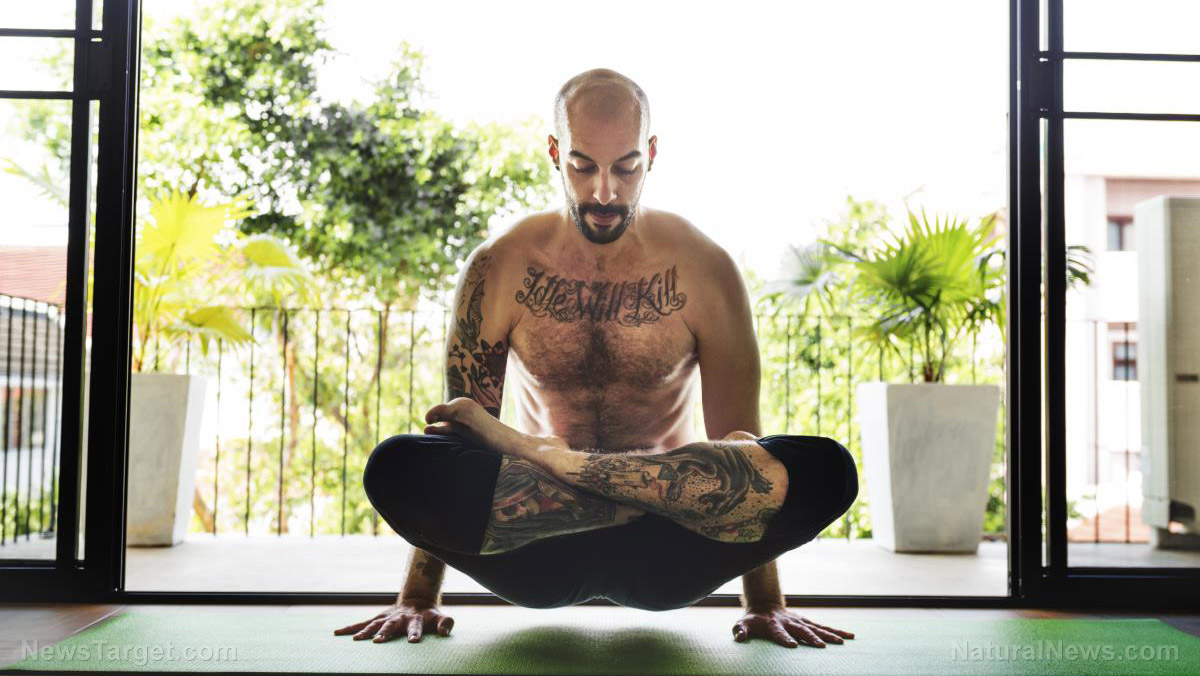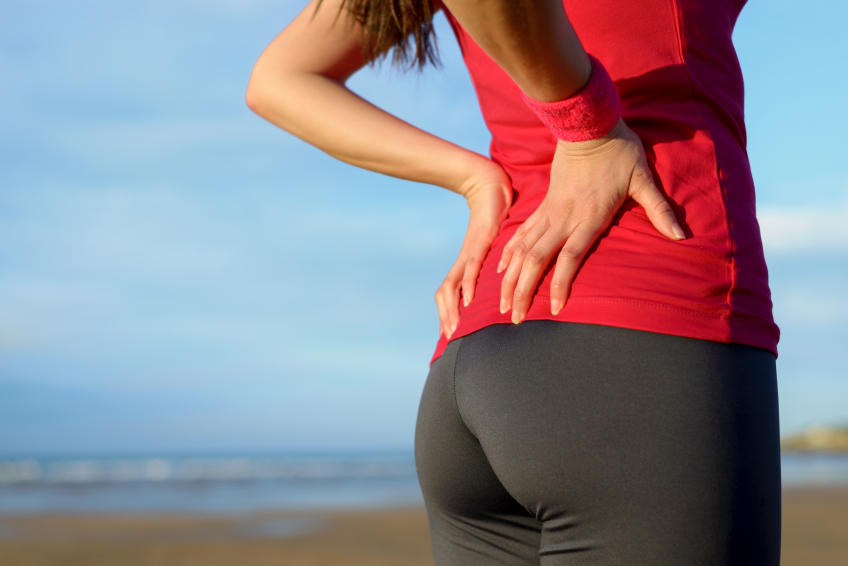Six reasons you may be having lower back pain and how to treat it WITHOUT painkillers
06/19/2018 / By Janine Acero
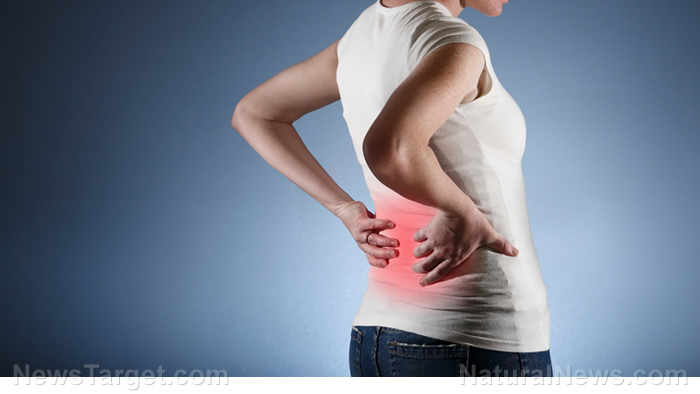
Lower back pain is a common ailment. In the U.K., it is the leading cause of disability and is responsible for more than one in 10 of all serious health complaints.
Common treatments for lower back pain include prescription painkillers or surgery. Sometimes, patients are advised to simply take a rest. However, studies have shown that simple exercises and stretches are far more effective in relieving lower back pain than conventional remedies.
Antonia Boulton, a registered osteopath and certified nutritional health coach specializing in a holistic approach to musculoskeletal health, shares six most common reasons for lower back pain and natural remedies for it.
Six most common causes of lower back pain and some natural remedies
- Acute muscle or joint strain — This is one of the most common injuries to the lower back. It often occurs when lifting, over-reaching, or from a sporting activity. Symptoms include muscle spasm, pain, and restricted movement. To treat it naturally, put an ice pack on the area for at least 10 minutes. Repeat this several times until the pain and inflammation subside. If the muscles have tightened up, you could alternate with a hot pack to loosen them up. Make sure to start and finish with the cold pack to ease the inflammation and reduce the pain. Spending hours sitting or lying down could make it worse. When the pain and inflammation have loosened up a little, stretch the area out.
- Disc prolapse — This is a more serious condition and is considered a medical emergency. A prolapse occurs when the disc, which is a fluid-filled sac located between the vertebrae like a cushion, bulges out of place. It can press on a nerve causing pain or a pins-and-needles sensation down the leg. It mostly occurs when lifting awkwardly or in a sporting injury. Rest is an important treatment for disc prolapse, and once it has settled and on the advice of your healthcare provider, Boulton recommends Pilates to strengthen the core muscles of the abdomen. This will support the lower back and reduce the risk of any further prolapse.
- Degenerative joint disease — The discs located between the vertebrae in our back become thinner with age, and the joints become more compressed. This wears out the cartilage in between the joints, known as degenerative joint disease or osteoarthritis. Other causes include an injury or being overweight. Continuous moving (e.g., a mild five-minute walk) or regular moderate-intensity exercises such as yoga and swimming can help prevent this condition. Moreover, adding foods that have anti-inflammatory properties in your regular diet can also do wonders. These foods include those that are high in omega-3 fatty acids such as oily fish, as well as leafy greens, berries, nuts and seeds, and garlic.
- Repetitive strain injury (RSI) — RSI commonly occurs in the upper body, but it can occur in the lower back. It happens due to a repetitive pattern in movement over a long period of time – due to your job or sport – causing stress to the joints or soft tissues. For instance, if at work you constantly have to turn to your right, the right side of your lower back could become compressed and inflamed. If a pattern of movement is unavoidable, stretching in the opposite direction would be helpful in relieving some of the strain from one side of your body.
- Work posture — Most of us spend hours sitting in front of a computer. This lack of movement, coupled with poor posture, could lead to stiffness and strain in the lower back. Getting up your seat and moving around may not always be possible, especially during work hours, so watching your posture is important. Sit straight with your back resting comfortably on the back of your chair, and keep your feet on the floor. Avoid slouching. Stretch out and even take a short walk during your break time to help relax your back. (Related: Improving your posture could help reduce muscle pain, joint pain and headaches.)
- Period pain — Some women experience lower back pain during their monthly cycle due to the uterus contracting and the network of nerves that run through the pelvis. Some yoga stretches may be beneficial for this condition, such as downward facing dog or child’s pose. Moderate-intensity exercises such as swimming and tai chi, as well as mild walking and even cycling can also help ease lower back pain. Women who exercise regularly were found to have less painful periods. Acupuncture is said to help reduce lower back pain caused by periods.
Treatment for lower back pain varies for different people; it often takes a process of trial and error to find what works best for you.
Head over to Remedies.news to find more alternatives to conventional painkillers.
Sources include:
Tagged Under: alternative treatments, disc prolapse, integrative medicine, joints, lower back pain, medication, muscles, natural cures, natural remedies, Naturopathy, Osteoarthritis, pain relief, painkillers, prescription, remedies, Yoga

